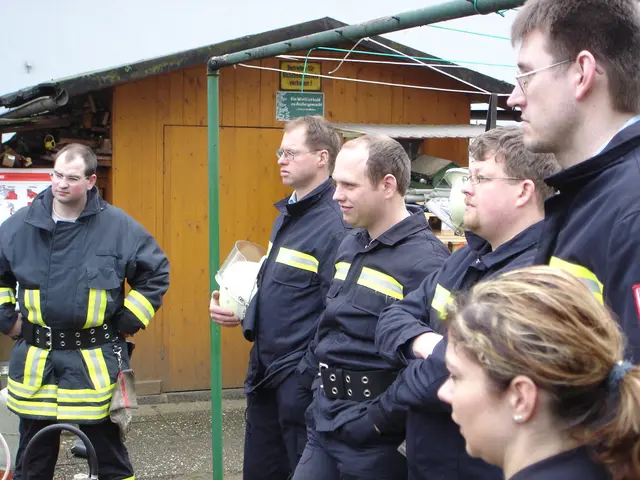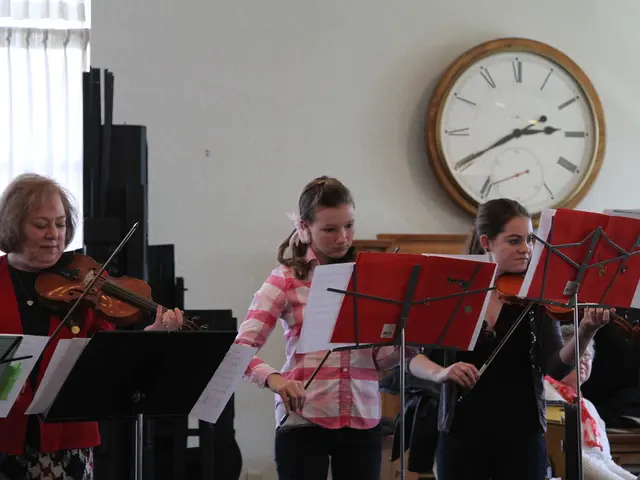Yakutia Aims to Slash Heat Energy Subsidies by 10% by 2030
The Republic of Yakutia is taking steps to curb its substantial heat energy subsidies, which account for a significant 71 to 77% of its total subsidies. The Head of Yakutia, Aisen Nikolaev, has stressed the need for systemic changes to ease the burden on the budget and housing utilities sector.
Over the past few years, Yakutia has spent a whopping 104 billion rubles on subsidies for the intertariff difference, from 2022 to 2024 and five months of 2025. To tackle this, a Plan of measures has been proposed, aiming to reduce the volume of energy subsidies by at least 10% by 2030 in comparable prices. This Plan includes converting boilers and transport to gas, reviewing fuel supply logistics, modernizing infrastructure, and reducing enterprise expenses.
One key area of focus is heat energy metering. Currently, only 50% of eligible multi-apartment buildings in Yakutia have heat energy meters, despite the technical possibility. Accelerating metering could save up to 2.5 billion rubles in subsidies annually. Other proposed solutions include increasing energy efficiency, optimizing expenses, strengthening control over investment programs, and revising tariff decisions.
The Yakutian government is committed to reducing its substantial heat energy subsidies. With a comprehensive Plan in place and a high level of payment discipline among the population at 95.5%, the region is poised to make significant strides in containing the growth of subsidies and achieving its goal of reducing the volume by at least 10% by 2030.








